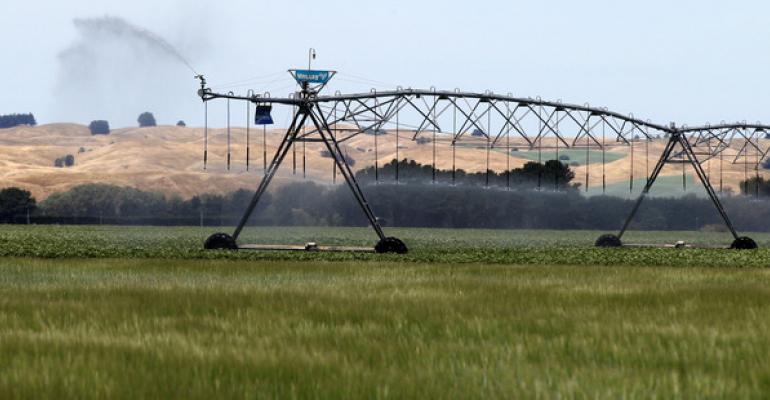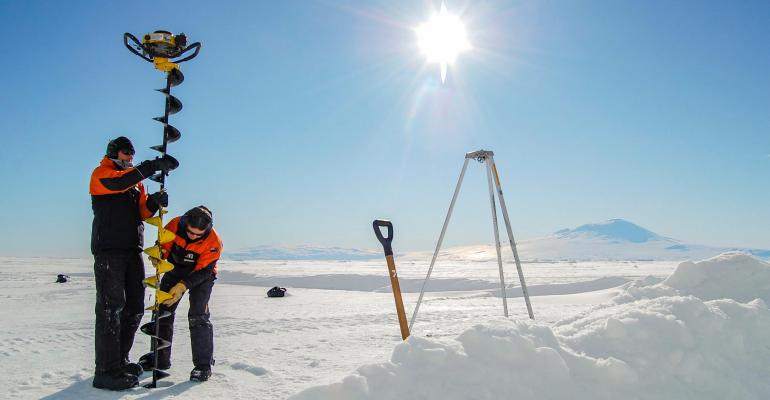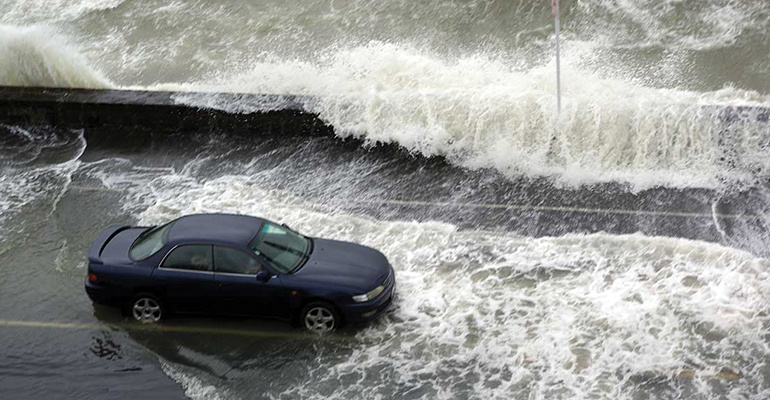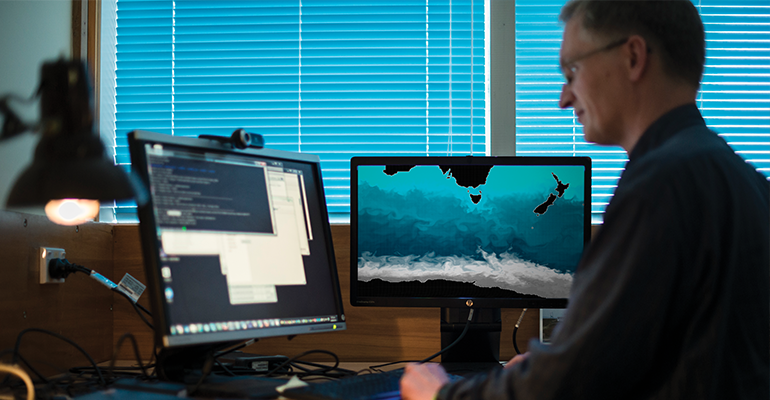
We need to better understand the interconnections of climate change says Dr Judy Lawrence, researcher at Victoria University and lead of two Deep South Challenge projects.
Imagine you’re a local kiwifruit farmer, says Dr Judy Lawrence, and the consistently warmer weather means the harvest season has come early.
“If you have higher temperatures earlier, it means you’ve got to harvest earlier and cool your fruit for longer. This means higher energy costs, which reduces your profit. And you’ve got a greater potential for spoiling the product, and therefore market demand may not be met.
“Optimum temperature zones may change, leading to regional impacts on the economy, which flow onto social impacts.
“This is just one scenario that demonstrates the cascading impacts of climate change.”
Dr Lawrence is a research fellow at the New Zealand Climate Change Research Institute at Victoria University of Wellington working on a number of future-focused projects to better understand the scale and scope of climate change implications across the country.
“We know that the impacts of increases in temperature, floods and sea-level rise trickle down within and across sectors affecting people, assets and our social and economic interactions,” says Dr Lawrence.
“And as these changes become more frequent, like heavy rainfall, and as the sea-levels rise and the effects increase from storm surges, we’re going to have less time to recover from them—which will also have cumulative consequences.
“We need to make sure that we’re thinking about the interconnections. The impacts themselves cascade, but policy responses can also cascade if the interconnections are not factored in.”
Mid-last year, a group led by Dr Lawrence was awarded nearly $300,000 from the Deep South Challenge to investigate how different climate change impacts interact, who is affected, where inter-dependencies and co-dependencies occur, and how far impacts might extend across multiple sectors.
“We make decisions today that are going to be around for a long time. We need to know where the impacts of rising sea levels and extreme weather events will fall, to understand how we will prioritise them.”
New funding for decision making tools
This month Dr Lawrence starts leading another Deep South Challenge-funded project, which was awarded nearly $350,000.
In it she will work alongside National Institute of Water and Atmospheric Research (NIWA) and Landcare Research scientists to develop new, practical tools to aid decision-making to anticipate, avoid and manage climate change impacts.
Dr Lawrence says this comes after calls from local government, which is responsible for considering the effects of climate change.
“The project will help to enable decision-making under uncertain and changing conditions. We can anticipate problems by testing our options and different pathways against a range of scenarios.
“By doing that we can identify under what conditions policy options and pathways might fail, which enables us to set up signals, to warn people, and trigger points where decisions will need to be made. Decisions can then become more flexible and more resilient.
“For example—many of New Zealand’s airports, such as Wellington, Napier, Nelson and Dunedin, are located in low lying areas. How will these facilities cope with rising sea levels? We’re trying to get a better fix on when people or organisations will need to change tack and adapt.”
Building capability and resilience in a changing climate
This work builds on research Dr Lawrence led on the Climate Change Impacts & Implications (CCII) research project, funded by the Ministry of Business, Innovation and Employment. The report recommends a stronger focus on the effect of climate change on pests and diseases management, and on building capability to address changing climate impacts.
Last year Dr Lawrence was appointed by Minister for Climate Change Issues Paula Bennett to co-chair the Government’s Climate Change Adaptation Technical Working Group, advising on how New Zealand can adapt to future climate changes.
Dr Lawrence is co-chairing the group alongside Penny Nelson, Deputy Secretary Sector Strategy at the Ministry for the Environment.
“We’re currently doing a stocktake of what’s been done on climate change adaptation, both in New Zealand and overseas,” says Dr Lawrence.
“Then we will identify a range of options for how New Zealand can build resilience through adaptation to climate change, identify how adaptation can be managed and what the priorities are.
“A lot of countries already have adaptation plans that coordinate economy-wide actions so you could say this work in New Zealand is well overdue. It’s a challenging project to be working on that links research and policy.”
Original article published by Victoria University of Wellington







